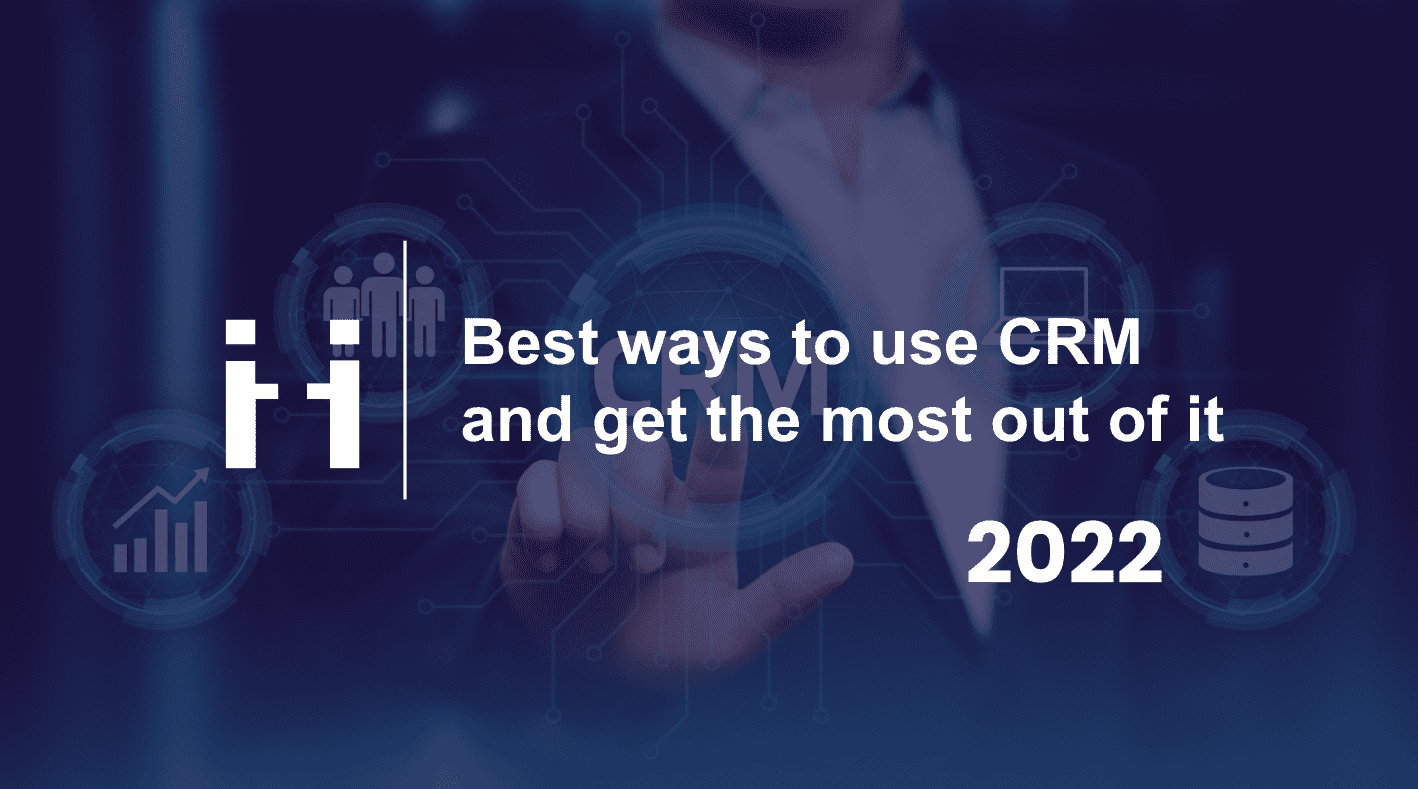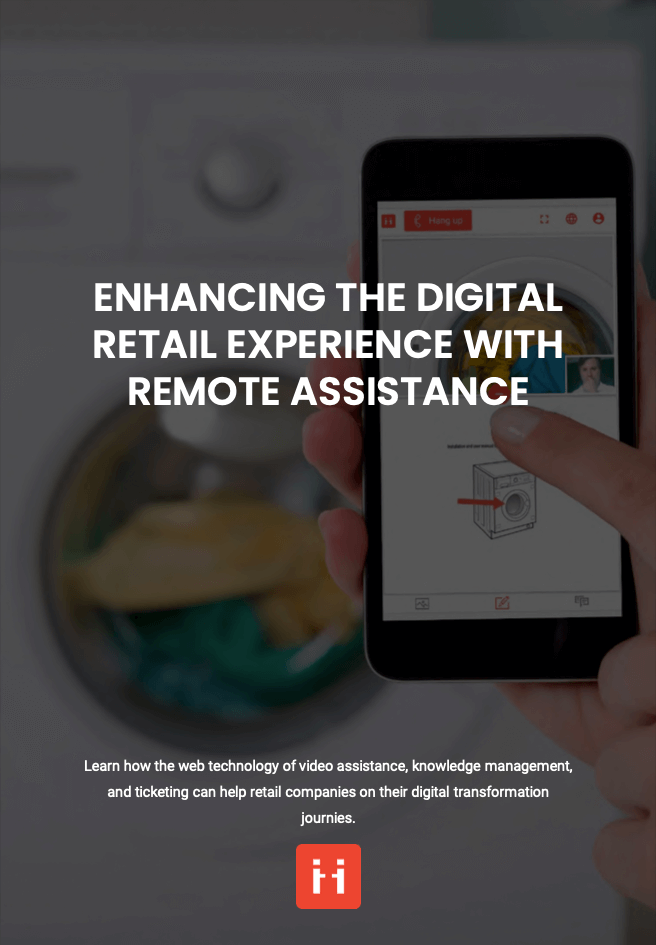
Share this article
Share this article

What are the ways to use CRM?
If you’re like most marketers and salespeople, you rely on your CRM (Customer Relationship Management) to help manage your sales pipeline and keep track of your contacts.
Your CRM system is a powerful tool that can help your business to manage its customer data more effectively.
However, as with any tool, it’s important to use it in the right way in order to get the most benefit from it.
If you’re not getting the most out of your CRM, you’re missing out on some major benefits.
What is a CRM? Why do you need it? How do you get the most out of it? And what are its newest trends?
In this article, we’ll answer all of those questions and more.
Originally, CRM was an acronym for “Customer Relationship Management”.
This term stands for the process of managing a company’s interactions with current and potential customers.
Nowadays, it is a generic term for the various software solutions that automate and streamline this process.
It’s a central place where you can store all of your customer information, including contact information, purchase history, and more.
You can also use your CRM to track your sales pipeline and manage your digital marketing campaigns.
A lot of businesses don’t understand the need for a CRM, thinking that they can just get by with a spreadsheet or customer database.
However, there are many benefits of using a CRM, including:
Having understood the essence of CRM and what it is used for, it is important to choose the right tools that will empower it and help you get the most out of your CRM user experience.
There are a few key things you can do to make sure you’re using your CRM to its full potential:
The goal of lead generation is to attract potential customers who might be interested in your product or service.
A CRM can help you to generate leads by tracking your website visitors and identifying their needs.
CRM systems store all of your customer information in one place. This information can then be used to create targeted marketing campaigns that are more likely to convert.
Not only that, but you can also use your CRM to nurture your leads by sending them automatic emails and follow-ups, making it the perfect tool for lead generation.
What’s even better, you can plug your CRM with a sales automation solution. With such integrations, you can take your lead management process to the next level.
According to a Salesforce report, a CRM boosts sales by up to 29% and the productivity of salespeople by up to 34%.
A CRM optimizes your sales pipeline and gets you to close more deals by giving you a clear overview of your sales process.
It allows you to track your leads, follow up with them, and measure your success rate.
CRMs also make it easy to see which leads are ready to be contacted and which ones need more nurturing.
Having a CRM as the one communication channel you use to manage your customer interactions will ensure that you have a bird’s-eye view of your sales pipeline and can take the necessary steps to close more deals.
Your CRM is not only a powerful tool for your lead generation and sales funnel, but it can also help you to optimize your customer relationships, as we touched on earlier.
This is quite self-explanatory, as CRM stands for customer relationship management, it’s literally what it’s built for.
The better you manage your relationships with your customers, the more they will trust you, the more likely they are to do business with you, and the more likely they are to refer you to others.
By storing all of your customer information in one place, you can quickly and easily access it when you need it.
This gives you the ability to provide your customers with the best possible service and support.
It also allows you to upsell and cross-sell to them more effectively.
Use your CRM to segment your customers, track their interactions, and provide them with the best possible experience.
The industry is constantly evolving and here are the latest trends that can help you get the best out of your CRM experience.
The most popular CRM systems on the market are now incorporating artificial intelligence (AI) into their features.
AI can be used for a number of different things, such as lead generation, customer support, and even sales.
Salesforce’s Einstein is one example of an AI-powered CRM. It uses artificial intelligence to help salespeople close more deals by giving them insights and recommendations.
ViiBE visual assistance can be seamlessly integrated with any CRM, FSM, and CMMS without making users change their habits. When it comes to after-sales support, agents can be overwhelmed with tickets or they can be refrained from assisting their customers quickly by time and language constraints.
With ViiBE visual support, in one click, with no download, agents can get an immersive view of the customers’ camera and guide them through the needed steps to resolve the problem.
By using screen sharing, agents can browse through web pages together with customers, take snapshots, and use collaborative tools for annotations. By the end of the ViibE Call, all the shared media will be stored in the ticket/work order, so the agent can get back to it any time in case the problem was not resolved, or share access to it with other agents if additional expertise is needed.
The gathered information can be later on converted into learning materials such as guides and tutorials destined for the learning departments to boost employee skills and ease onboarding processes.
An omnichannel CRM is a CRM system that allows you to manage your customer interactions across all channels.
This means that you can manage your customer relationships through email, social media, live chat, phone, and even in person.
By using an omnichannel CRM, you can provide your customers with a seamless experience no matter how they choose to contact you.
With the power of its own WebSDK, ViiBE can be integrated with any omnichannel CRM, for example, with Zendesk.
Cloud-based CRMs are becoming more and more popular as businesses move away from on-premise solutions.
A cloud-based CRM can be accessed from anywhere, which makes it more convenient for salespeople who are always on the go.
It also makes it easier to share data and collaborate with team members, as everything is stored in the cloud.
Some of the best cloud-based CRMs on the market are Salesforce, HubSpot, and Zoho.
Social CRMs are CRM systems that integrate with social media platforms.
They allow you to track your customer’s social media interactions and use that data to improve your customer relationships.
By using a social CRM, you can quickly and easily see what your customers are saying about you on social media.
You can then use that information to provide them with better support or address any concerns they may have.
One of the most popular social CRMs on the market are Sprout Social and Hootsuite Insights.
CRMs can be a great way to manage your customer relationships, but only if you use them correctly.
We went through everything you need to know about CRMs, from what they are to the different types, and we even talked about the latest trends and tools that can help you empower your CRM.
ViiBE visual support has proven to be a solution that can be seamlessly integrated with any IT ecosystem. Our system of archives helps to collect relevant information about interactions with your customers and use this information for product improvements as well as for tutorials for your team.